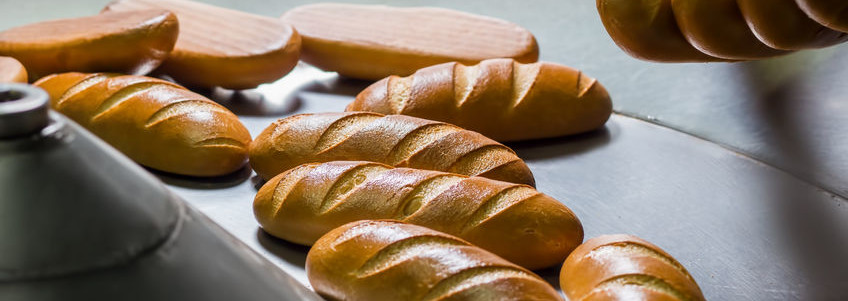
You want to make a clean-label product. But you also need reliable loaf volume, fine crumb structure and dough extensibility. You need a DATEM replacement.
Thankfully, food scientists are making that an easier ask than it used to be. Replacements are on the market that can mimic the effects of DATEM, but are sourced from clean-label alternatives.
These replacements are usually built with:
- Emulsifiers: lecithin and soy emulsifiers
- Enzymes: are naturally present in wheat flour and yeast. For DATEM replacement, lipase, xylanase and phospholipase have been noted as reliable replacers.
- Lipids: can be added in the form of animal, vegetable fat or glycerides such as glycerol monostearate (GMS) – this ester is formed when glycerol is reacted with stearic acid.
- Wheat protein isolate
How do these fit on my label?
Nutrition: Among improving the protein content, certain wheat protein isolates have the ability to decrease the amount of carbohydrates when utilized in a baked product.
Clean-label: Because enzymes denature during baking, they do not appear on the final product ingredient label. This can be considered clean baking to the consumer.
How do I bake with a DATEM replacement?
DATEM replacements can be applied in almost any baked good system. They strengthen the gluten network, in addition to improving the crumb structure and the volume of the final product. The use of lipase in any bread formulation can yield a finer crumb structure, as well as slow the staling process.
DATEM replacers can also be utilized in gluten-free bread formulations to improve the lack of gluten structure and produce products with improved loaf volume and crumb structure. Also, use it in formulations that utilize other grains to improve the process and end product.

